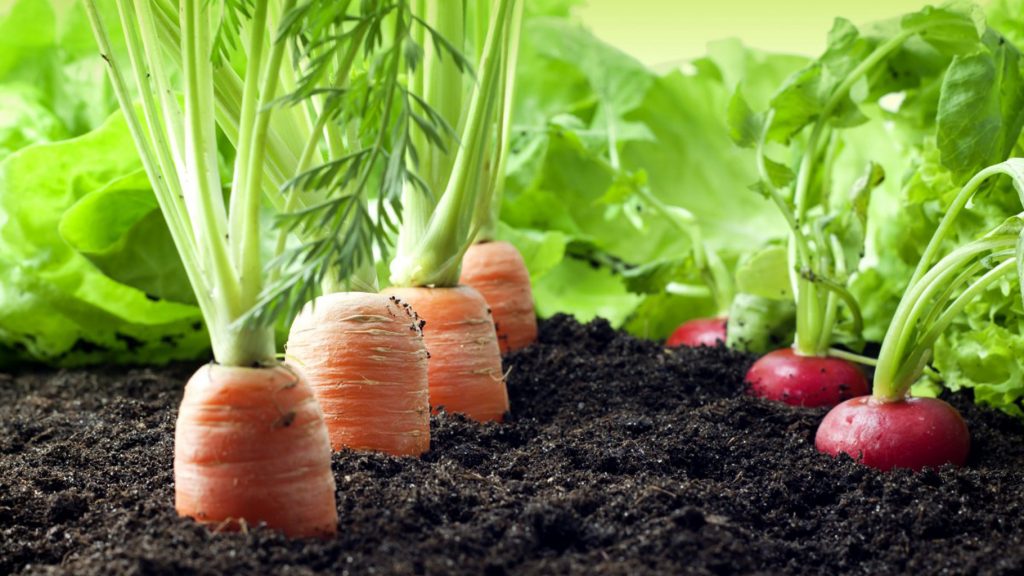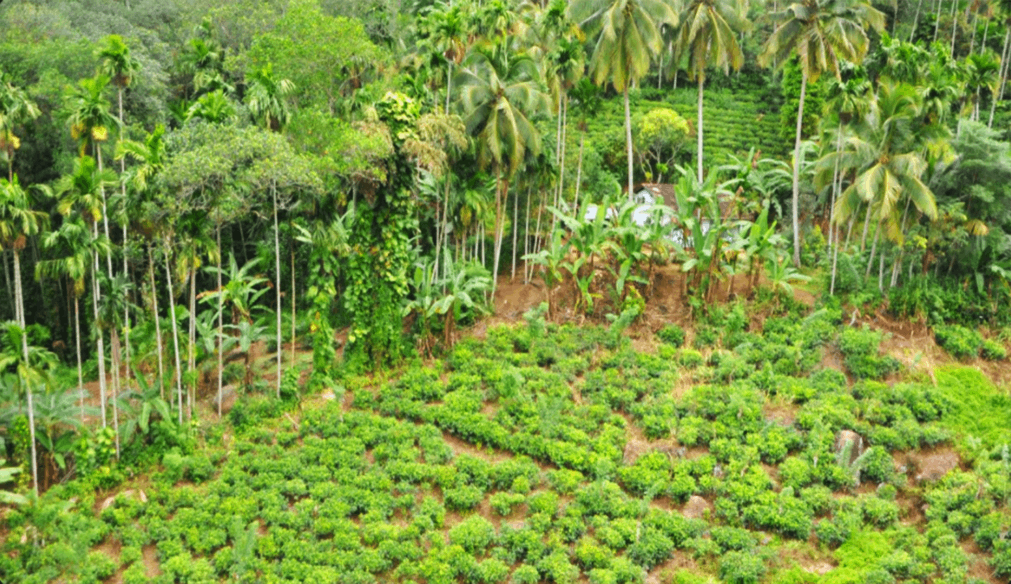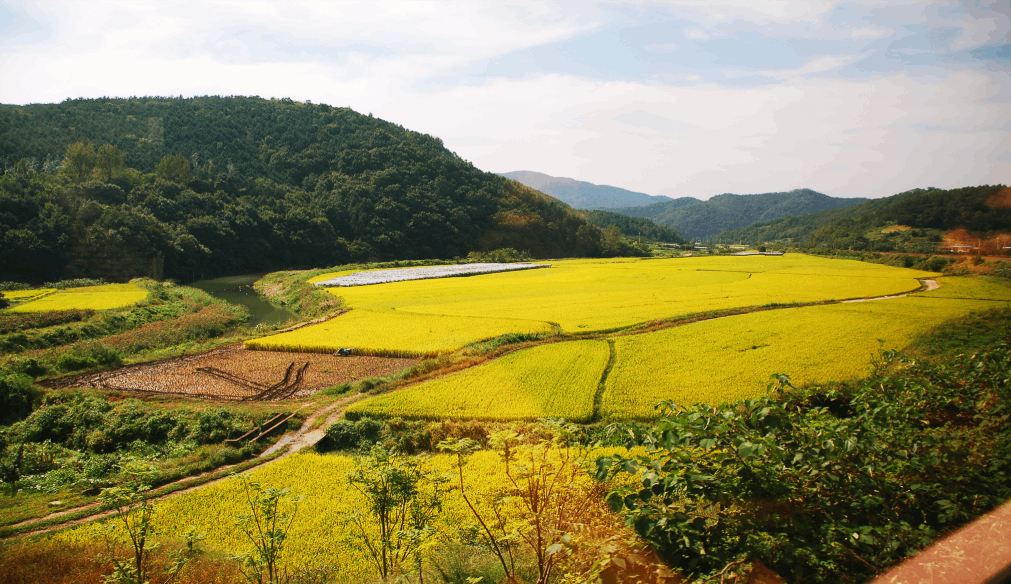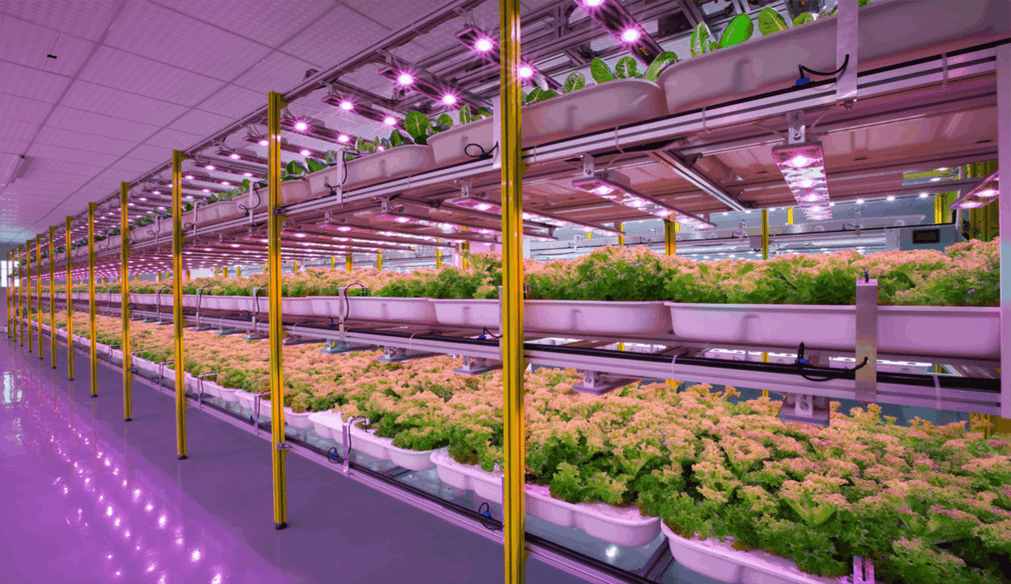Organic Agriculture can be summarized simply as ‘Systems of agriculture that produces food and fiber free from industrially produced chemicals.’ It encompasses minerals, salts from natural sources, but the basic clear requirement is freedom from industrial chemicals such as fertilizer salts, herbicides and pesticides. There are many variations of agricultural practice worldwide which operate on this basis. Examples being, Biodynamic, Certified Organic, Natural Farming etc.
The distinction between organic and not organic, has its roots in the current dilemma facing food production through agriculture. Should we demand maximum production from land or optimum long-term management of resources? If maximum, levels of production is required, the system has to be boosted with external input until the natural system is replaced with a new energy dependent system, but these levels of production cannot be maintained without a constant input of external energy. Thus, organic agriculture, rejecting industrially produced chemicals are constrained to the natural levels of productivity that can be optimized, without requiring a constant input of external energy.
It is this component of external energy used to increase productivity of crops that needs careful examination. The external energy component of agricultural systems that relies on industrial chemicals is usually very consequent and based on fossil fuels. In addition, it is fossil energy that drives the tractor and creates fertilizers, pesticides and weedicides. The burning of fossil fuels to power such a production system adds greatly to climate change and impacts future productivity through Global Warming. Does this mean that organic farming should all be done without machinery? These concerns should also be addressed, as the current ‘agricultural development’ processes has been seen to increase the fossil energy percentage of all industrially produced food, adding to the climate change burden of each country
Thus, the idea that Organic Agriculture can be defined as ‘Systems of agriculture that produces food and fiber free from industrial or fossil derived chemicals’, has true value higher than those of quality and sustainability. It identifies an adherence and response to the global demand to reduce substantially the fossil carbon footprint in food production. To understand how industrial farming affects the Earth and why it affects sustainability.
In any debate on agriculture the complexity and value of a living agricultural soil needs to be understood. To many of us soil is the stuff that holds trees up. We see it as a solid surface for us to walk, ride or construct upon. Its usefulness in our daily lives, extends far beyond providing a substrate and nutrient for our crops; on closer examination this 'solid mass' of soil is home to thousands of species, it acts a sea to billions of organisms that live in it.

Soil is also the biological filter that detoxifies a large proportion of the poisons that we throw into the environment we live in. It is an underground living world as complex as, and most certainly older than, the world that lives on its surface. It covers most of the land surface of the planet, it is in a very real sense the 'living skin' of our planet.
The world of soil is bizarre to those of us who live on the surface. It is opaque to light and mostly solid and impenetrable. Communication is by chemicals, e.g.. Pheromones or physical, e.g.. Vibrations. Movement is slow, the faster organisms like the worms are the giants of this world, tunneling through at a fairly rapid rate measured in centimeters per minute. More common are the fungi who move by growing through the soil at rates measured in centimeters per month, or the bacteria which have rates measured in centimeters per year.
It is a busy world, one gram of ordinary farmyard soil can contain over 1 billion individual bacteria, over 100 million individual actinomyctes and over 1 kilometer of fungal hyphpae, notwithstanding plants like algae and animals like collembolids, nematodes or worms. The estimates of the mass of living organisms in a fertile living soil is estimated at about 10,000 to 14,000 Kg per hectare. This is the key for agriculture that support mankind for millennia. A good soil with a mass of living microorganisms amounting to over 8000 tons per hectare, represents an energetic input equivalent to about that supplied by twenty horses or twenty horsepower of energy, applied 24 hours a day. It is this energy spent on natural soil chemical transformations that supply the energy to maintain a healthy soil ecosystem. In traditional farming systems, the addition of compost, green manure, cultured microorganisms etc., was used to enhance the natural fertility of a field. Some such approaches have produced noteworthy results, but none could produce the crop levels achieved through the artificial input of industrial chemicals. However, this increase has a tremendous cost, that will ultimately impact the sustainability of food production and human well-being.

The hidden costs of industrial chemicals being applied to the ecosystem, irrespective of its cost to climate stability, is its cost in soil biomass and biodiversity loss. There is an ecological axiom that states ‘energy flow through an ecosystem, tends to organize and simplify it’. When high energy industrial chemicals are applied onto the soil, many species of biota are lost and its biomass gradually decreases. The huge mass and diversity of soil microorganisms is gradually reduced until finally, the natural productivity of the soil is lost through attrition and it cannot produce without a further input of industrial chemicals. The living soil has been lost and the farm has become addicted to the additional energy of industrial chemical in order to produce a crop.
Industrial chemicals are produced with their huge carbon footprint being absorbed by the subsidies extended to fossil energy products by global governments. The cost to the global commons is internalized by each nation and untaxed. The impact of this subsidy is being felt today at the farm level and has set up the challenge between organic (non-fossil dependent) and industrial (fossil dependent) agriculture.
By clarifying the meaning of organic agriculture we will facilitate the distinction and appreciation of differences that exist between the two systems. The easy part is to identify the practice of Organic Agriculture as ‘Systems of agriculture that produces food and fiber, free of industrial chemicals.’ The more difficult task is to standardize the plethora of bureaucratic demands surrounding organic certification, to farmers that ‘prove’ their authenticity in order to access the ‘Organic ‘market. In agriculture, it has been clearly demonstrated that ‘sustainability’ and mitigating Climate Change impacts, depend completely on reducing their fossil Carbon footprint. Thus, Organic agriculture has a huge role to play in adapting to the oncoming changes in the global climate, while industrial agriculture must bear its global responsibilities and pay the costs of production that are currently internalized due to subsidies extended to it. The signs emerging from a warming planet suggest that, a return to hyperlocal forms of economy, will be essential for adapting to climate change, here, Organic Agriculture can play a pivotal role.
 Posted on 01 Feb 2022 - Author (Dr. Ranil Senanayake)
Posted on 01 Feb 2022 - Author (Dr. Ranil Senanayake) 


